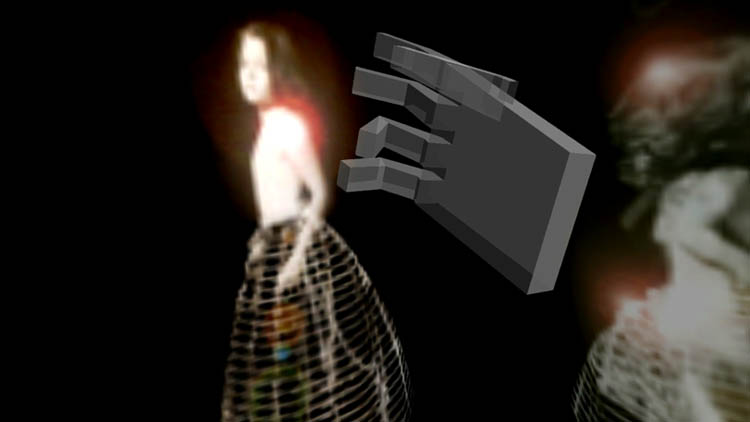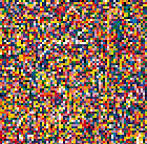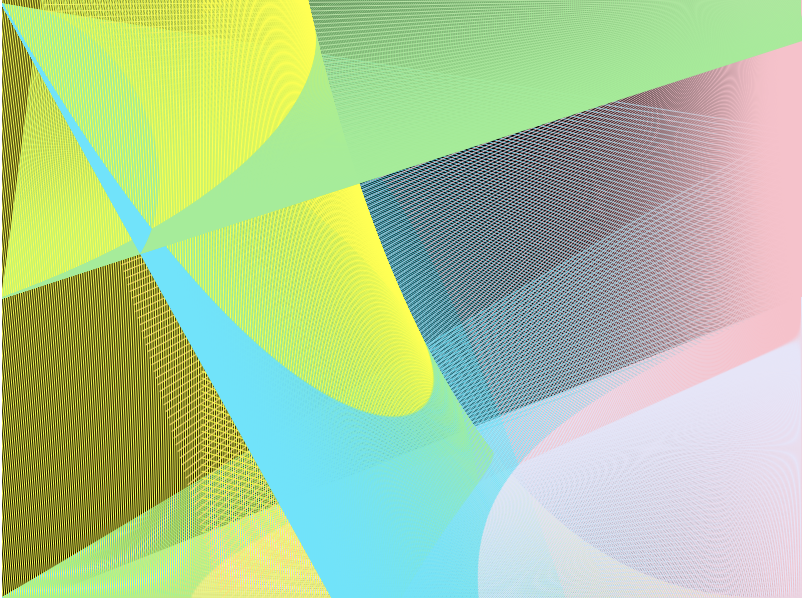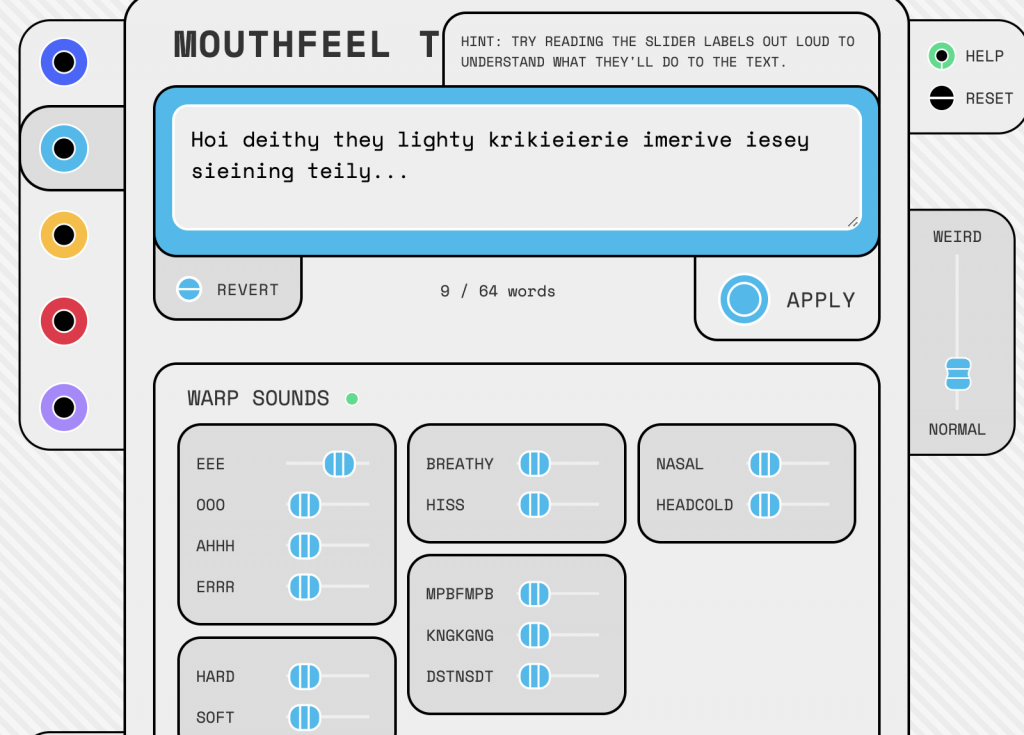Anna Grubauer writes about a series of artists and activists that have faced prejudices or noticed prejudices made from Artificial Intelligence. She writes that, as AI becomes more and more common, it is important for us to be aware of the shortcomings and even harms of this system. For example, Joy Buolamwini and Timnit Gebru investigated AI face recognition and found that the error rate for this system is significantly higher among women, and even higher among women with darker skin. This is harmful as face recognition is often used in medical fields to detect skin cancers, so if it is not accurate for a certain group of people, it puts them at risk. In addition, Mary Flanagan pointed out more discrimination in her project “[help me know the truth]”. She found that AI often has stereotypes based on race and will label “leaders” as those with more western features. The good news is that there are many up and coming feminist computer programmers working to get rid of this gap in research. One of these names is Caroline Siders, who has a website called Feminist Data Set which is a multi year art project that combines resources for a collection of feminist data.
https://ars.electronica.art/aeblog/en/2020/04/10/women-in-media-arts-ai/
![[OLD SEMESTER] 15-104 • Introduction to Computing for Creative Practice](../../wp-content/uploads/2023/09/stop-banner.png)




